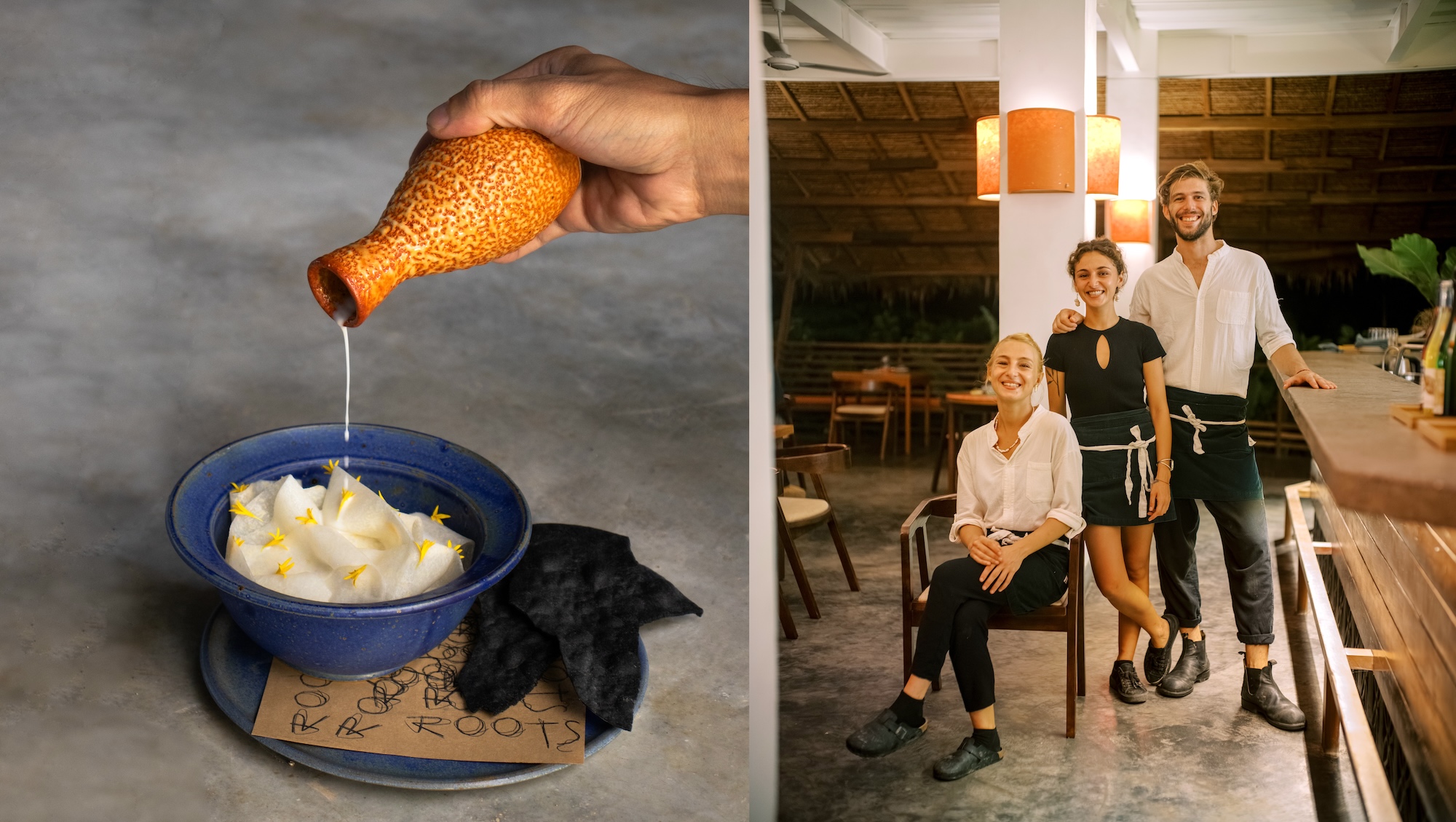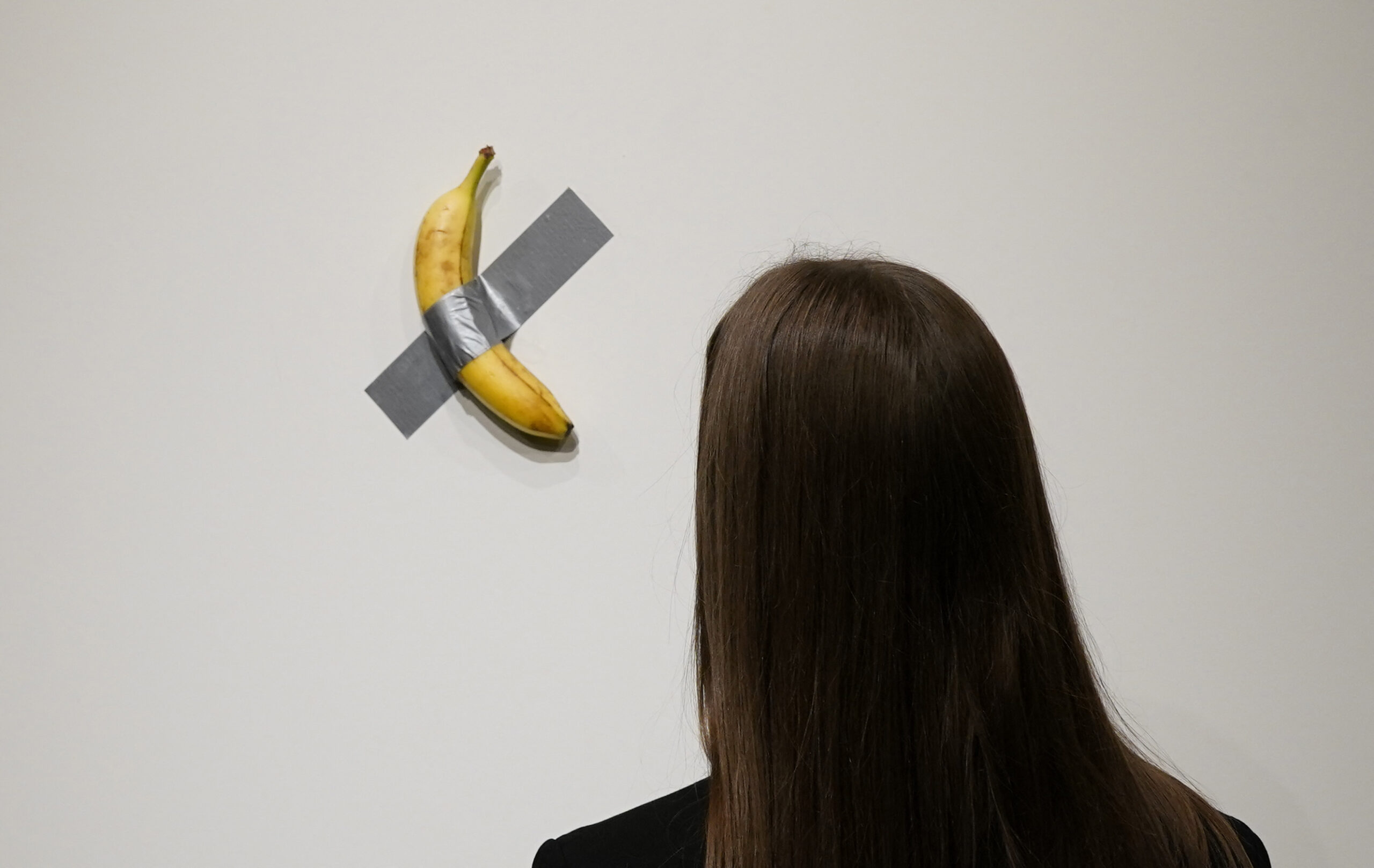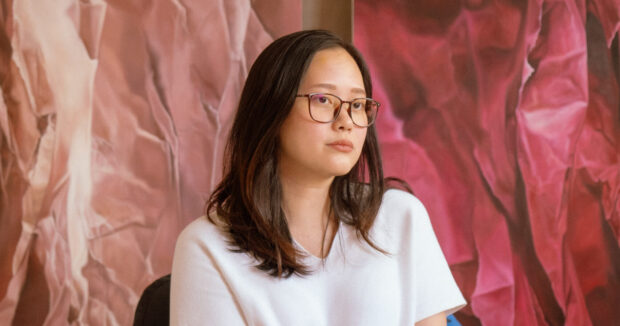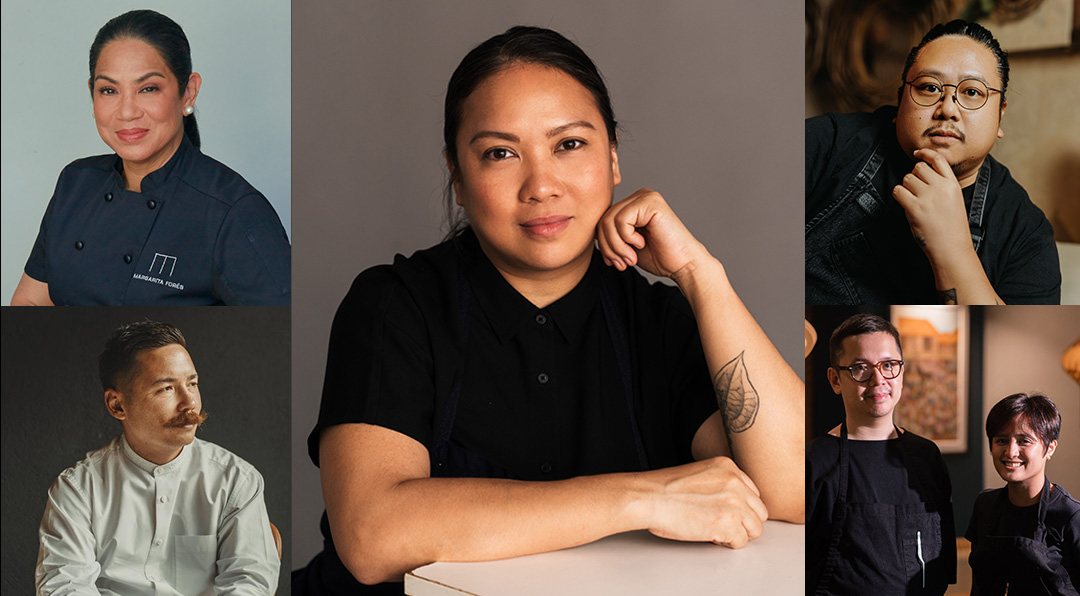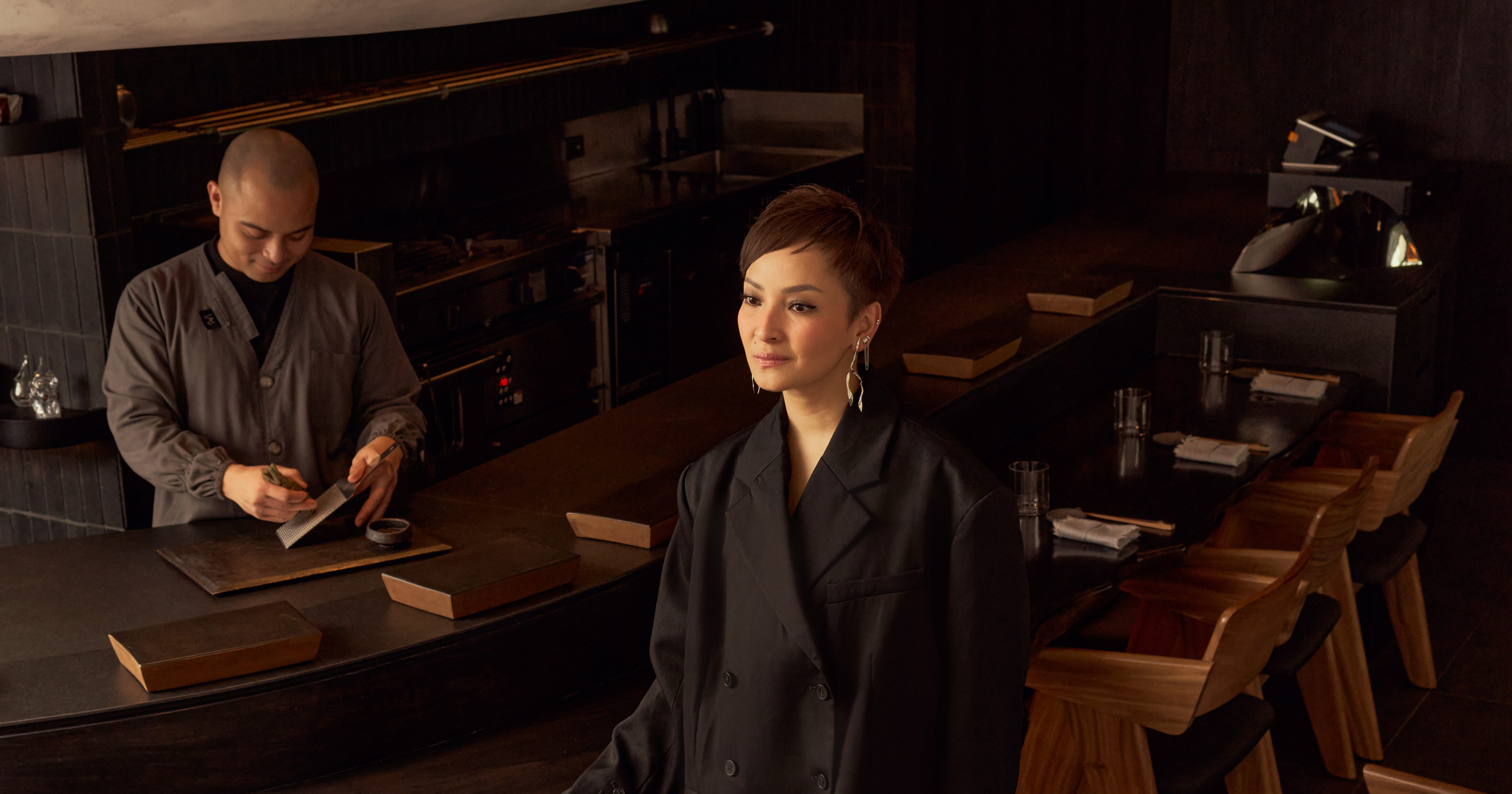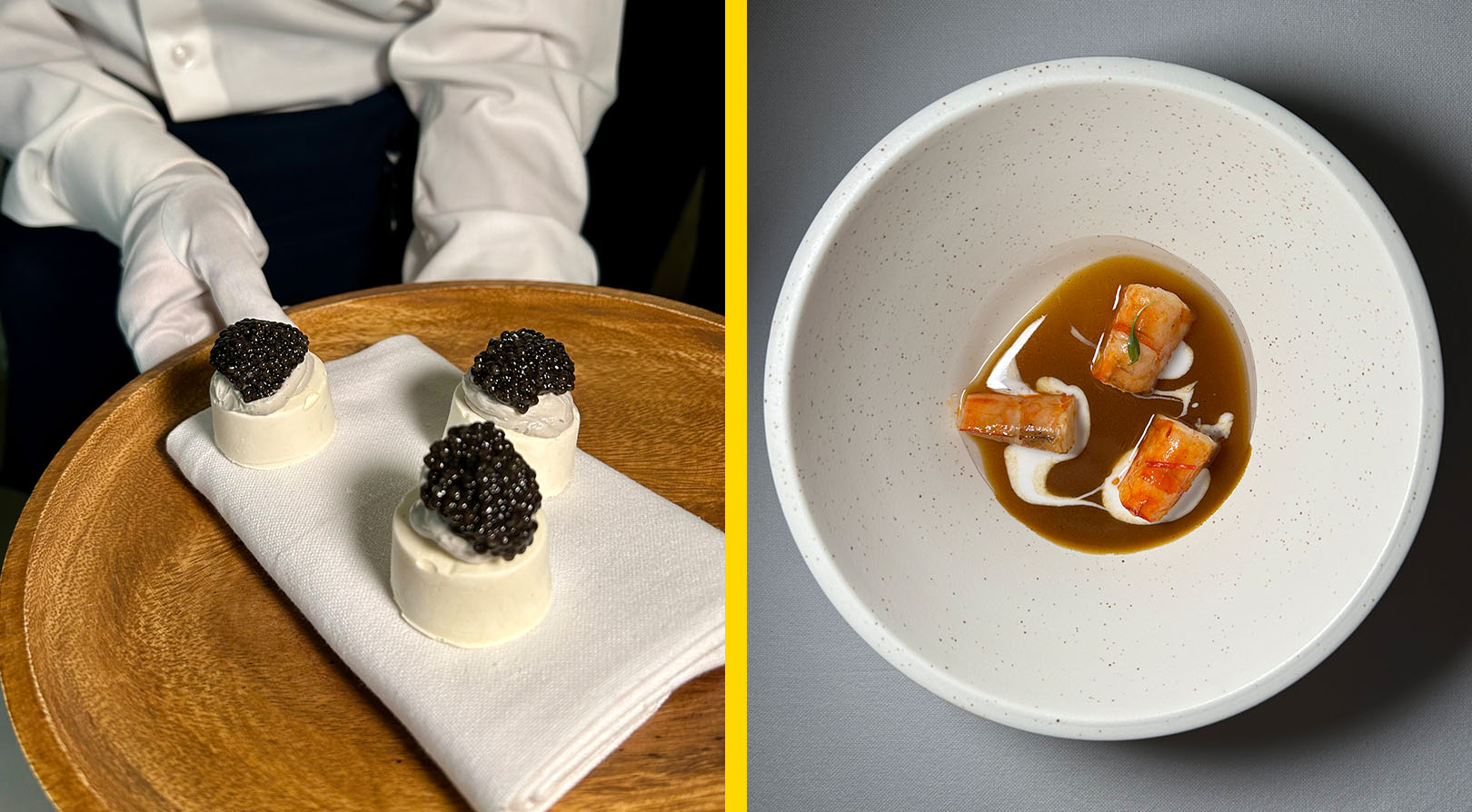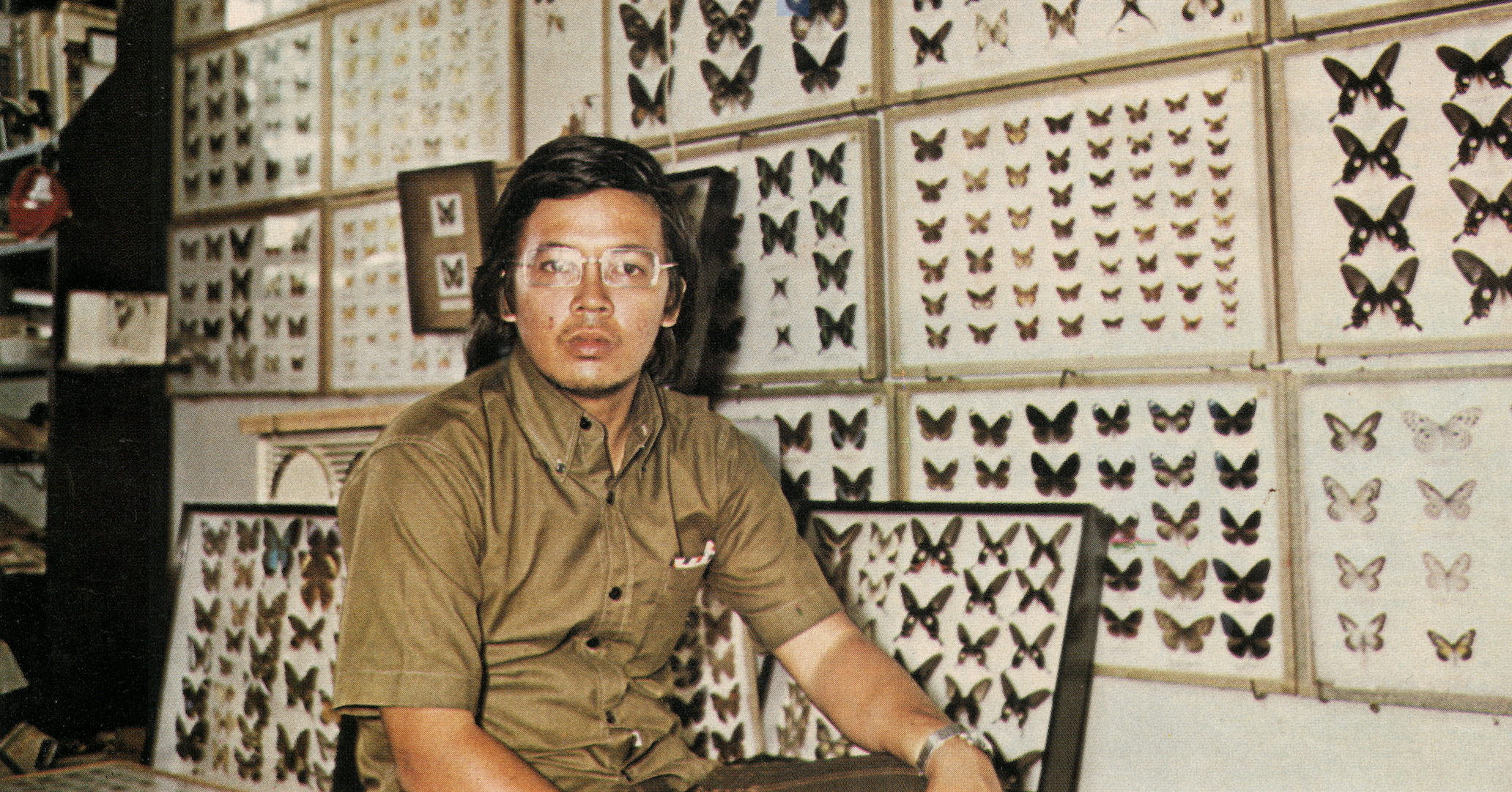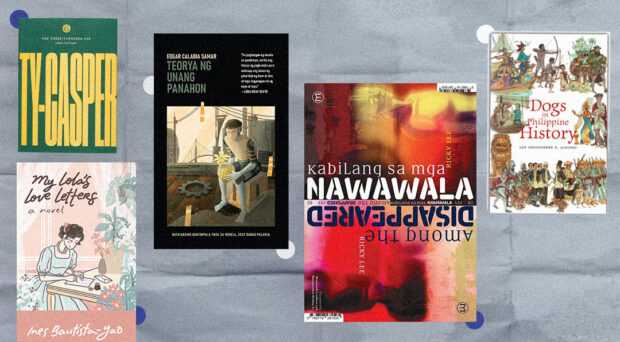In their diversity, the team behind Roots in Siargao find harmony in gastronomy, design, art, and sustainability
Ending the year with a bang seems to be on the agenda of many restaurants and brands these days. And why not? The Christmas and New Year holidays do take the dining experience to the next level. Down south in Siargao however is a restaurant flourishing in their evocative multidisciplinary approach and food provenance.
There’s no short supply of fantastic restaurants that have sprouted in this surfing destination. Just look at Alma (though temporarily closed) and new kid on the block Sausalito from Spanish chef Luis Martinez who has since expanded his grip on Filipino palates with Terraza Martinez in Bonifacio Global City.
Shaka Cafe also originated in the popular tourist spot down south. Cev is also another outpost that has loomed large and stood out in Siargao for its ceviche and kinilaw.
Amid the island’s heavy hitters, “casual fine dining” concept Roots is the latest to build its own exquisite garden and invite guests to sample what a multicultural food vision can render.
But that doesn’t mean there isn’t room for newcomers to join in on the fun. Amid the island’s heavy hitters, “casual fine dining” concept Roots is the latest to build its own exquisite garden and invite guests to sample what a multicultural food vision can render.
Roots easily takes the cake as one of the most exciting new spots in Siargao to flock to, thanks mostly to chefs Filippo Turrini and Inês Castañeda, gastronomic designer Marina Castañeda, communications and sustainability expert Ricardo Miranda de Sousa, business strategist Diogo Miranda, and social designer and chef Daan Overgaag.
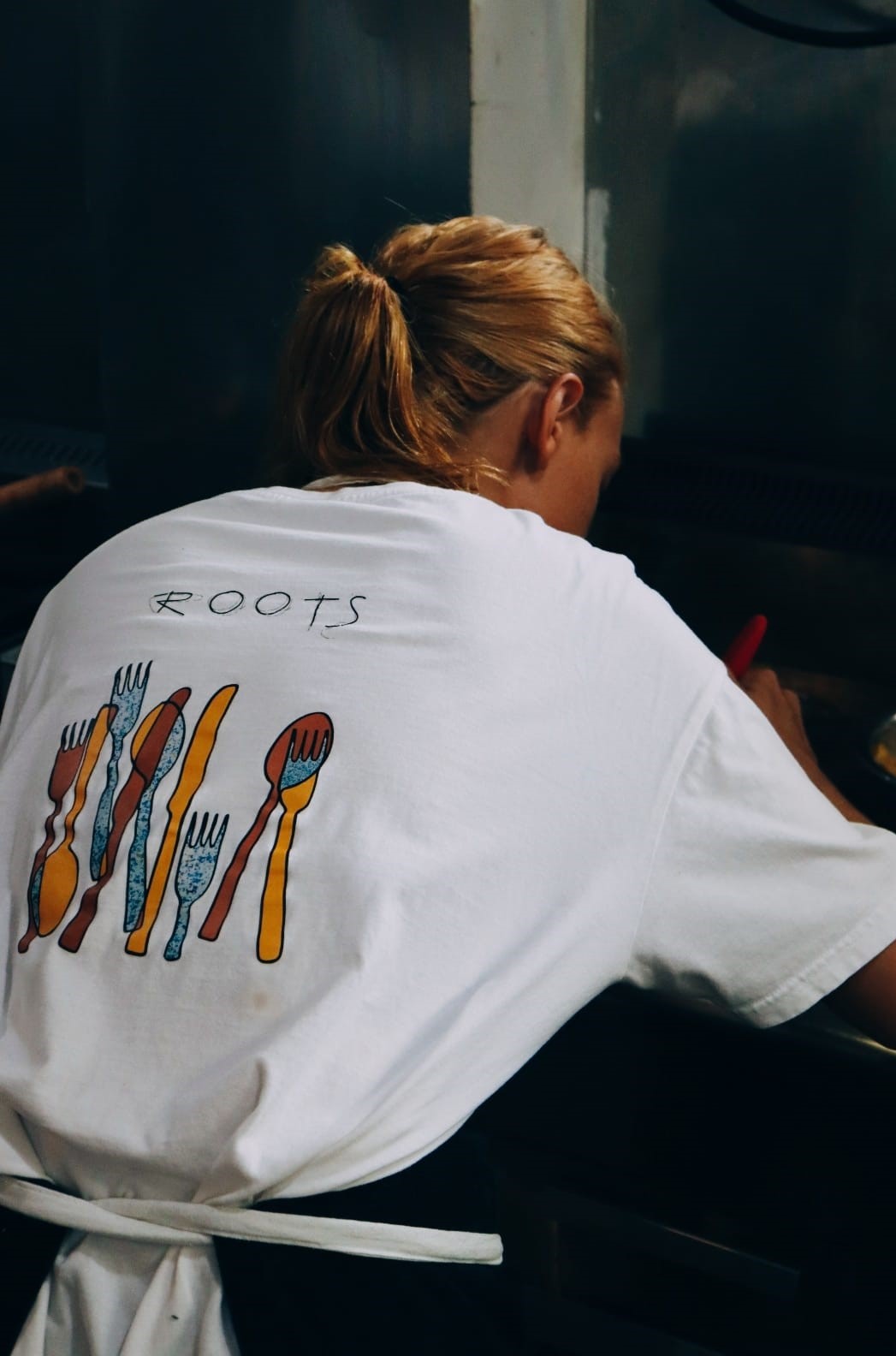
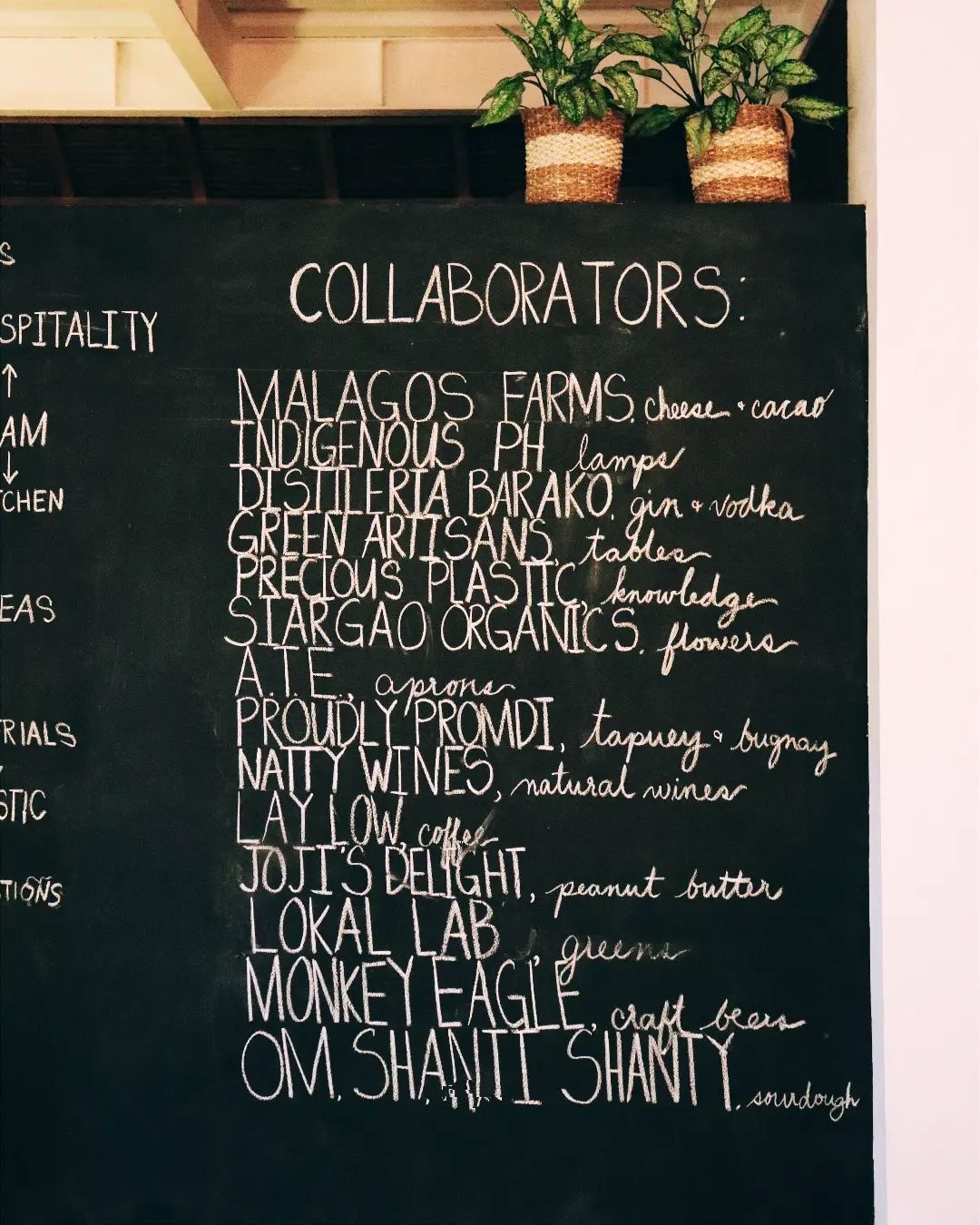
Situated in Kaimana Resort Siargao, the still-on-soft-opening restaurant makes for a perfect match against the tropical backdrop and the confluence of the founders’ Italian, Spanish, Mexican, and Portuguese roots.
Their goal, it seems, is to craft recipes that unapologetically pay homage to their journeys in places like Peru, Japan, and Argentina while wielding a deep curiosity for and fascination with Filipino ingredients—cheese and cacao from Malagos Farms in Davao, sialargaw, nypa flower, or salvaro from local Siargao communities, adlai from Bukidnon, and ube from Davao or Cagayan.
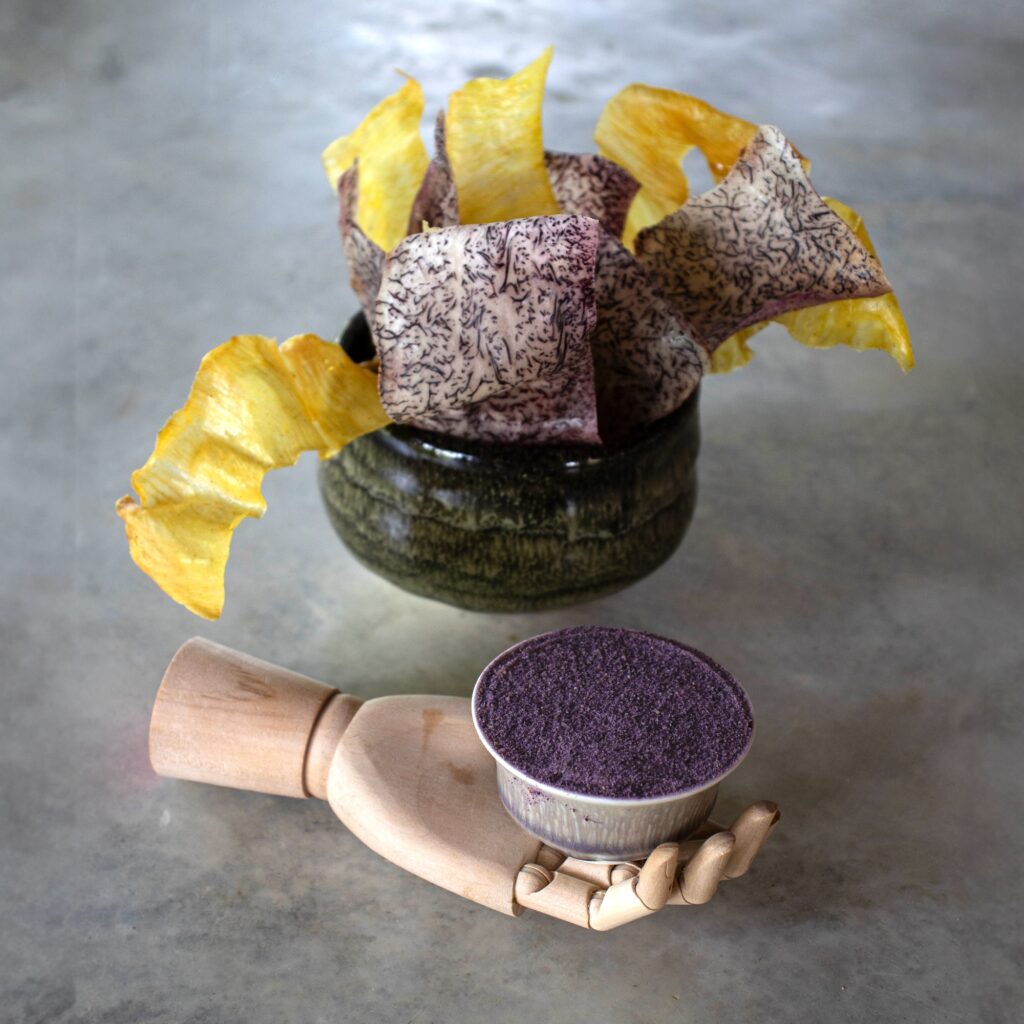
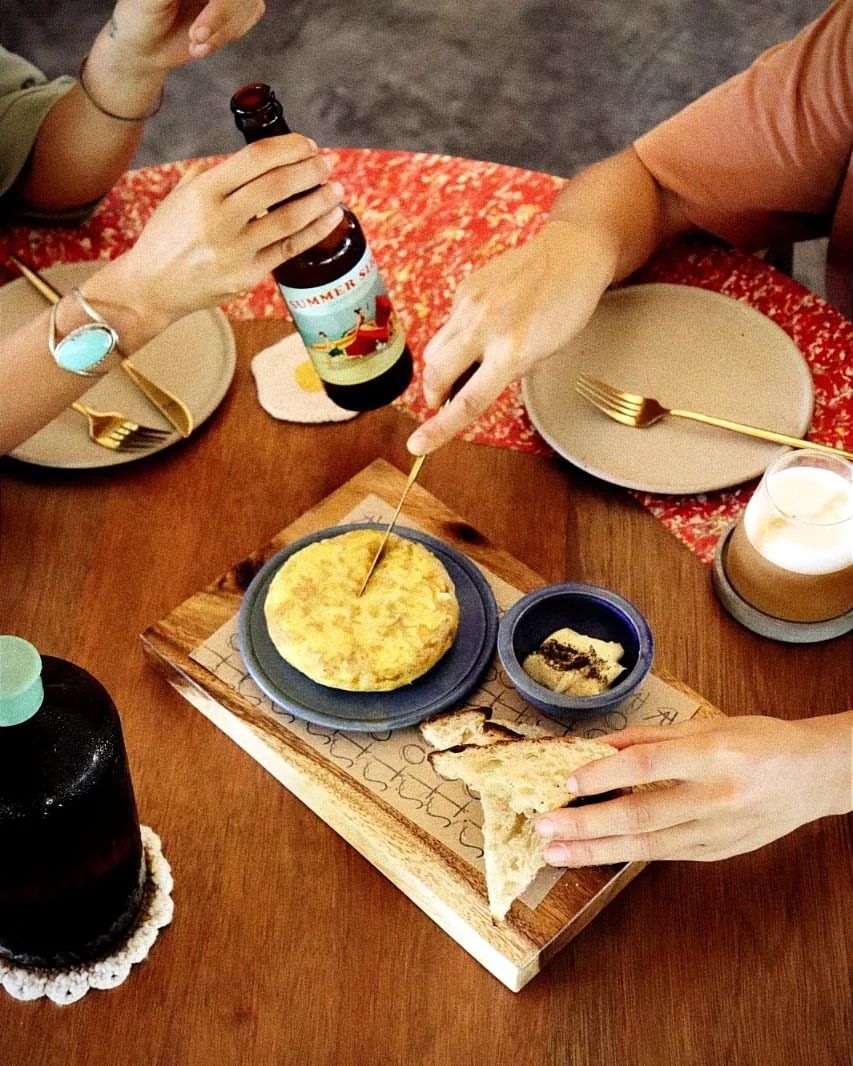
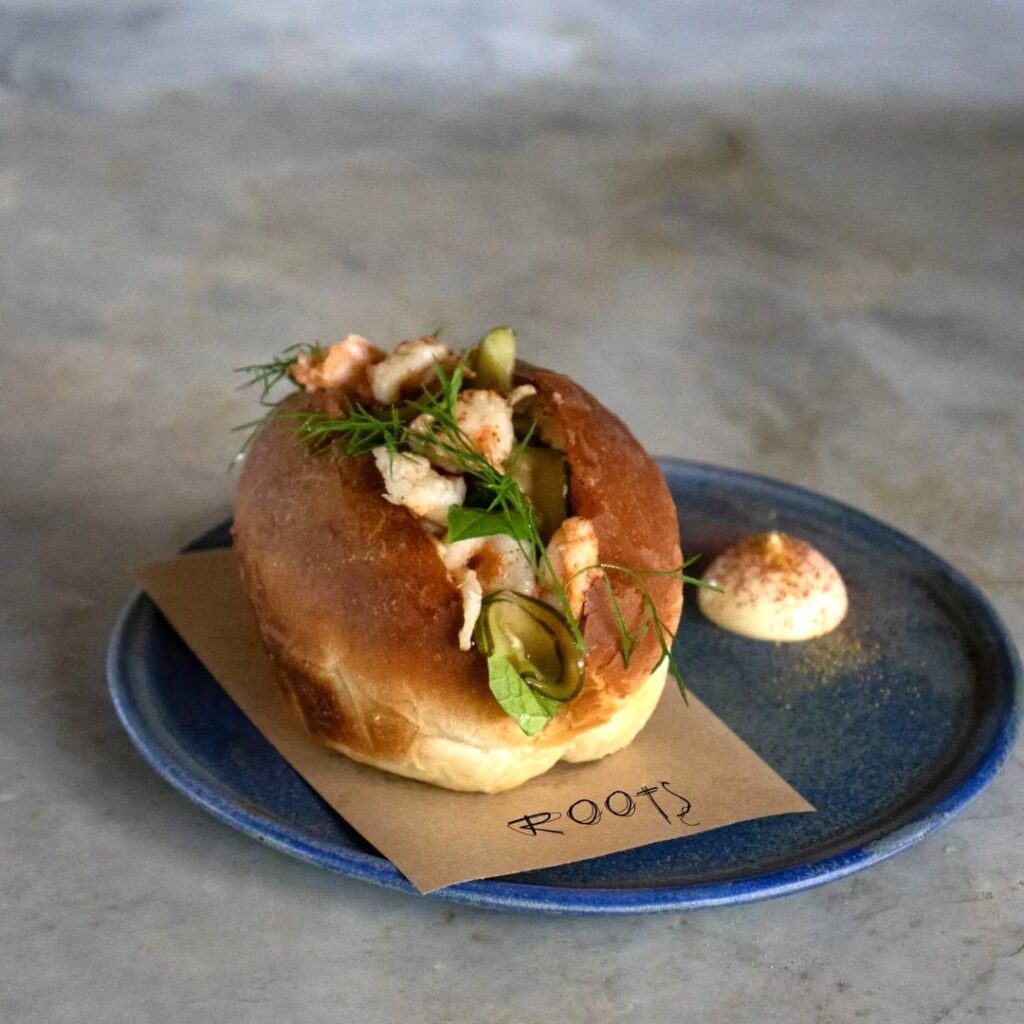
“Through a meticulous process of trial and error and many foraging sessions, we discovered that plenty of Filipino ingredients not only blend in perfectly with but elevate the recipes that we grew up with or that we picked up in our travels,” says Turrini.
That said, they did encounter a roadblock endemic to a still developing tourist destination like Siargao. “We discovered that one of the biggest challenges here is consistency of supplies,” says Roots creative director Castañeda.
“We decided to turn this into an advantage, and made market cuisine one of the signature traits of our offering. We have a list of over 30 dishes that we have developed following our philosophy of blending our roots with local ingredients. Only eight of them make it to the menu every day after a thorough process of R&D. Diners will rarely find the same menu twice,” she adds.
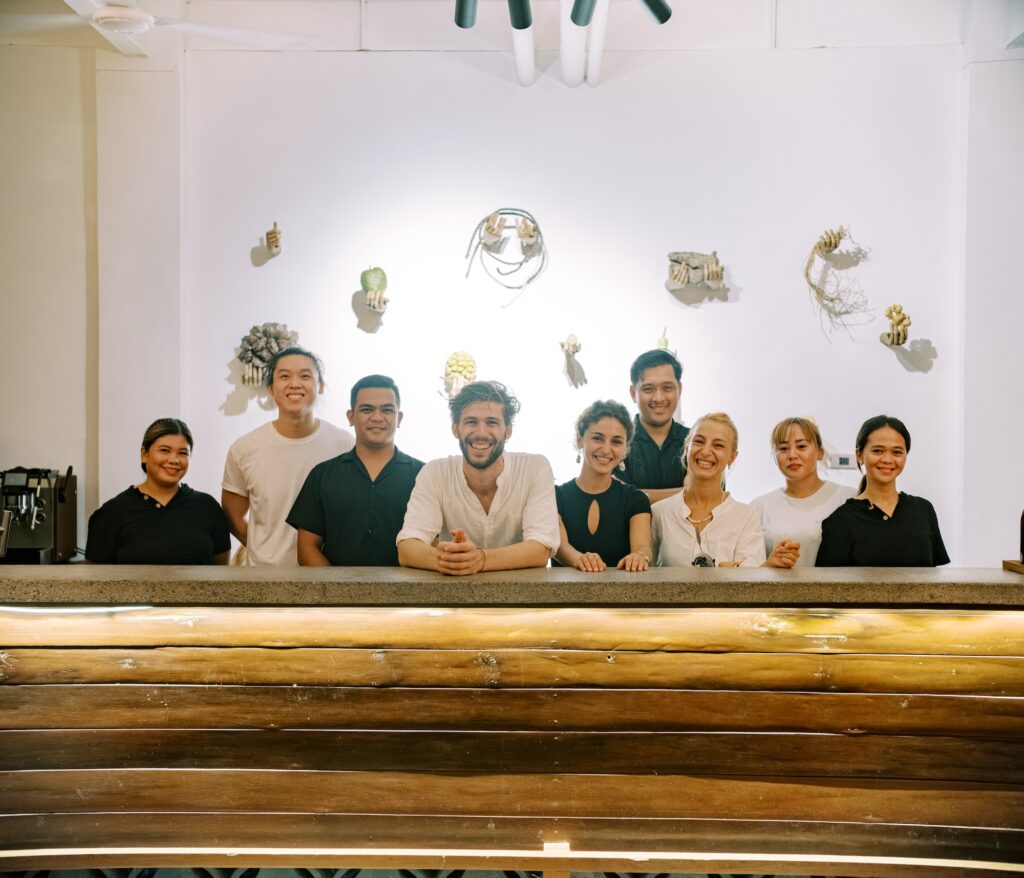
Even amid the devotional origin stories, the classical pursuit of seasonality and collaboration, an ever evolving menu, tributes to dishes such as the catch-of-the-day ceviche or an intriguing ube gnocchi, and a sumptuous beverage menu anchored by a Virgin Bloody Mary concocted from leftover juices of their roasted watermelon and patis dish, Roots is the outcome of a community coming together on an island celebrated for the connections people can make.
“Through a meticulous process of trial and error and many foraging sessions, we discovered that plenty of Filipino ingredients not only blend in perfectly with but elevate the recipes that we grew up with or that we picked up in our travels,” says Filippo Turrini.
“Our purpose at Roots is to generate a positive impact on our surrounding community and environment through a gastronomic model rooted in a specific landscape, that offers collaborations stemming from interdisciplinary research, and a clear methodology of collective creation and local partnerships,” says de Sousa.
Going by that, it makes sense why they fell in love with Siargao in the first place, decided to put down their roots here, and explore the potentials, pleasures, and possibilities of intertwining with Filipino culture.

